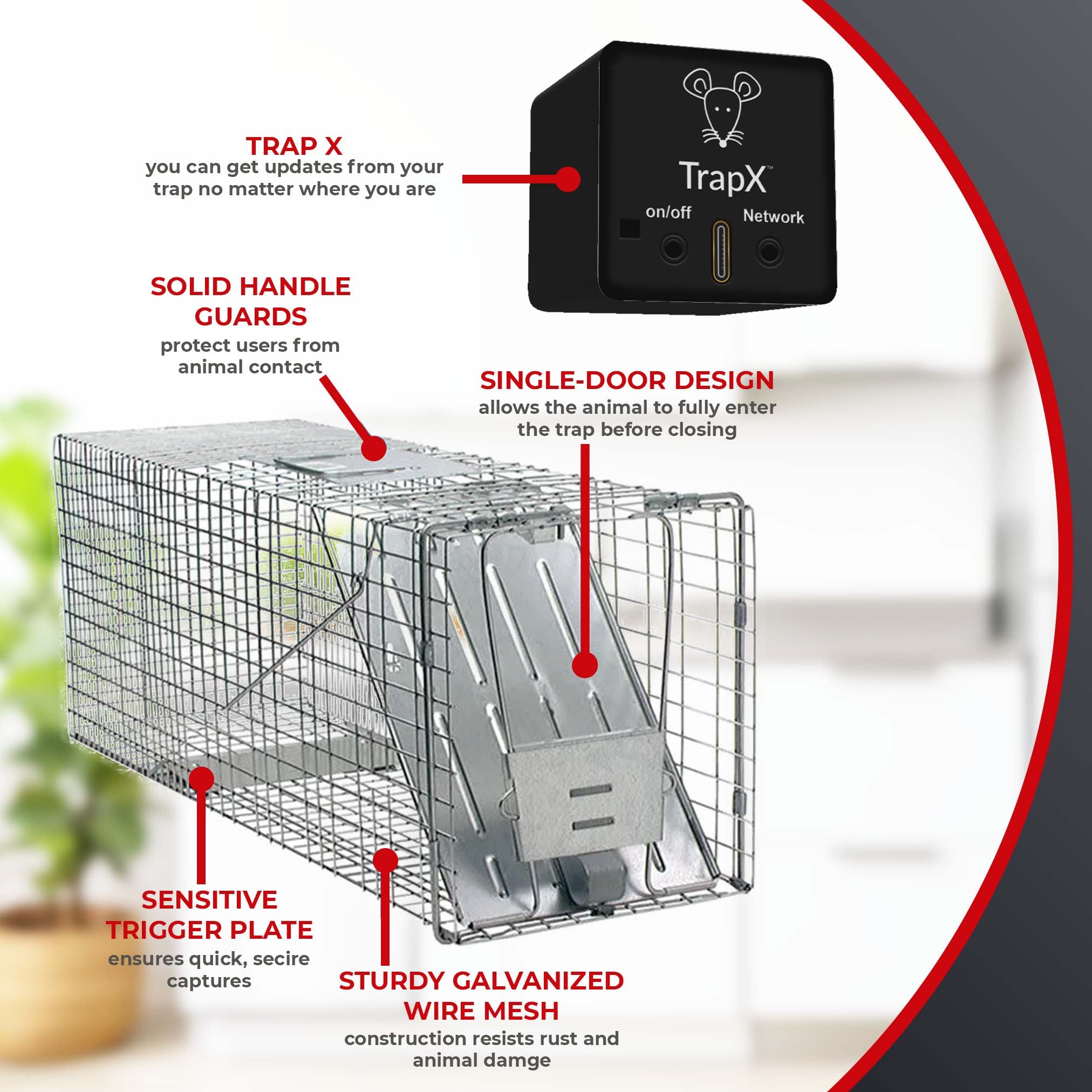How to Make a Shed Rodent Proof?: Tips for a Pest-Free Storage Space
Share
Every homeowner dreads the sight of rodents in their shed. These unwelcome guests gnaw on storage boxes, chew through important items, and leave a mess. The primary focus of this article is to provide you with effective strategies on how to make a shed rodent proof and ensure your storage space remains pest-free.
Whether you use your shed for storing gardening tools, DIY supplies, or other valuable items, the approach remains the same: prevent entry, remove attractions, and maintain a clean environment.

Why is Rodent Proofing Your Shed Necessary?
Rodents not only cause physical damage but can also bring diseases. Mice and rats are infamous for contaminating food supplies, damaging electrical wiring, and spreading bacteria. It's crucial to have a rodent-proof shed to protect your belongings and your health.

Identifying Signs of Rodents in Your Shed
Before diving into prevention methods, you need to know if rodents have already infiltrated your shed. Look out for the following signs:
- Droppings: Small, pellet-like droppings.
- Gnaw Marks: Chewed wood, plastic, or wires.
- Tracks: Tiny footprints and tail marks in dusty areas.
- Sounds: Scratching or squeaking noises.
- Nests: Shredded paper or fabric gathered in hidden corners.

Steps to Make Your Shed Rodent Proof
1. Seal Entry Points
Rodents can squeeze through the tiniest gaps. Its crucial to seal all potential entry points:
- Use caulk or expanding foam to fill in cracks and holes.
- Install weather stripping on doors and windows.
- Cover vents with mesh or hardware cloth.
2. Remove Food Sources
Rodents are always on the lookout for food. Make sure your shed doesnt become their new favorite restaurant:
- Store pet food and birdseed in sealed metal or plastic containers.
- Clean up spills immediately.
- Avoid storing snacks or edible items in the shed.
3. Regular Maintenance and Cleaning
A clean shed is less attractive to rodents:
- Sweep the floor and organize items regularly.
- Avoid clutter where rodents can hide.
- Inspect your shed periodically for signs of rodent activity.
4. Using Rodent Repellents
There are various repellents that can help keep rodents at bay:
- Natural repellents, like peppermint oil, can be sprayed in affected areas.
- Electronic ultrasonic repellents can deter rodents with sound waves. For more information on types of repellents, check out Best Rodent Repellent.
- Commercial rodent repellent sprays and granules are also available.
Additional Tips for a Rodent-Free Shed
- Elevate storage: Keep items off the floor to prevent nesting.
- Use metal shelving: Rodents are less likely to chew through metal.
- Trap placement: If youve seen signs of rodents, use rodent traps to capture them.
- Outdoor care: Keep the area around the shed clean and free of debris. Check out these tips on keeping rodents at bay.
FAQs
Can rodents damage the foundation of my shed?
Yes, rodents can chew through wooden foundations and create entry points into the shed. Regular inspection and maintenance are crucial to prevent this.
Are chemical repellents safe to use in my shed?
While chemical repellents can be effective, ensure they are safe for use in enclosed spaces and wont harm pets or children. Learn more about different trapping methods here.
What is the best type of trap for rodents in a shed?
Snap traps are highly effective, but live traps can be a humane alternative if you prefer not to kill the rodents. For more options, see mouse trap apps.
As an Amazon Associate, I earn from qualifying purchases.
